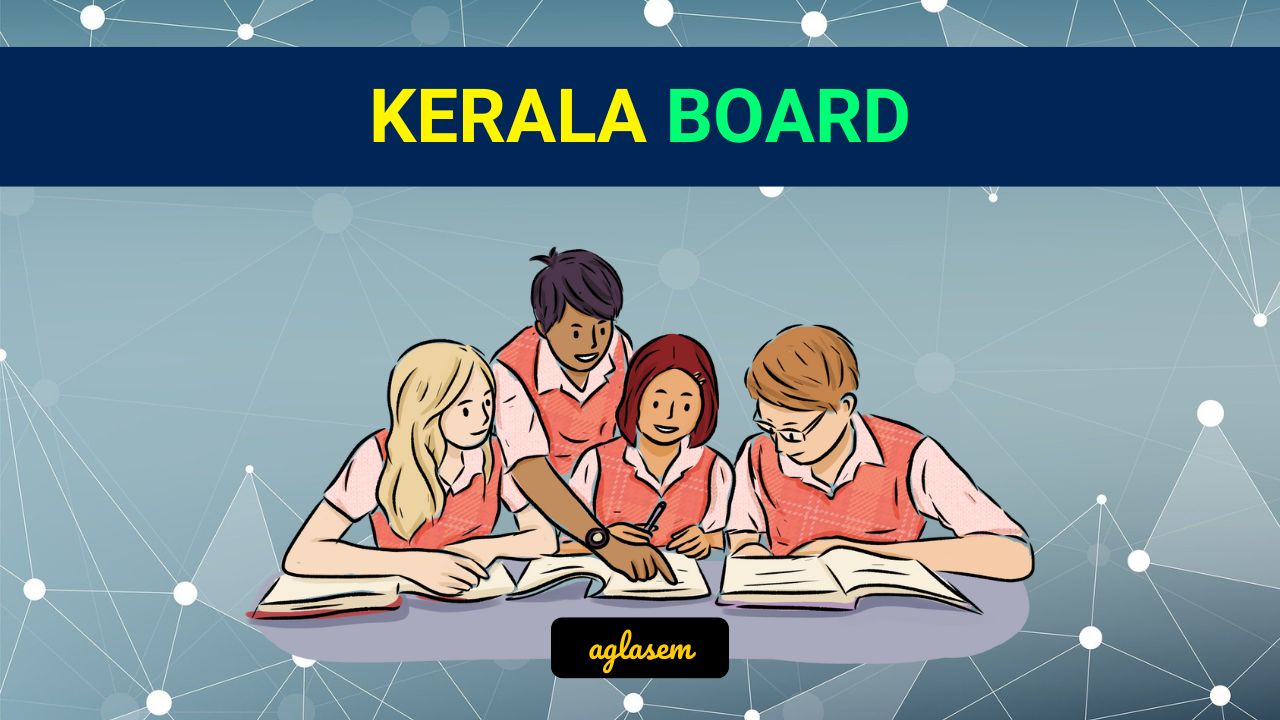NCERT Solutions 2025 Class 6 Geography Chapter 3 Motions of the Earth has been published by Aglasem. You can now download the Class 6 Geography Ch 3 Questions and Answers PDF here. This NCERT Solutions for Class 6 Geography contains answers of all questions asked in Chapter 3 in textbook, The Earth Our Habitat. Therefore you can refer it to solve Motions of the Earth exercise questions and learn more about the topic.
NCERT Solutions for Class 6 Geography Chapter 3 Motions of the Earth
Class – Class 6
Subject – Geography
Chapter – Ch 3
Chapter Name – Motions of the Earth
Book – The Earth Our Habitat
Study Material – NCERT Solutions
NCERT Solutions for Class 6 Geography Chapter 3 PDF
While you can read NCERT Solutions for Class 6 Geography Ch 3 for all exercises here on aglasem. You can also download this NCERT Solutions PDF to refer ncer question answer at anytime when you study Motions of the Earth. Here it is.
NCERT Solutions for Class 6 Geography Chapter 3 PDF Download Link – Click Here to Download Solutions PDF
How to download NCERT Solutions for Class 6 Geography Chapter 3 PDF?
You can download the complete NCERT solutions for chapter 3 of this NCERT Book i.e. The Earth Our Habitat with following steps.
- First search NCERT Solutions for Class 6 Geography Ch 3 PDF aglasem and come to this page.
- Now you will see the exercise questions answers of Motions of the Earth and download pdf link on it.
- Click the Download PDF link to obtain the Motions of the Earth questions with answers document.
NCERT Solutions for Class 6 Geography
There are more chapters to study besides Motions of the Earth in this subject. So here are NCERT solutions for all topics of Geography taught in 6th class here at aglasem.
- History – Our Pasts I
- Chapter 1 Introduction – What, Where, How And When
- Chapter 2 From Hunting – Gathering to Growing Food
- Chapter 3 In the Earliest Cities
- Chapter 4 What Books And Burials Tell Us
- Chapter 5 Kingdoms, Kings and An Early Republic
- Chapter 6 New Questions and Ideas
- Chapter 7 From A Kingdom To An Empire
- Chapter 8 Villages, Towns, and Trades
- Chapter 9 New Empires and Kingdoms
- Chapter 10 Buildings, Paintings and Books
- Civics – Social And Political Life I
- Chapter 1 Understanding Diversity
- Chapter 2 Diversity and Discrimination
- Chapter 3 What is Government
- Chapter 4 Panchayati Raj
- Chapter 5 Rural Administration
- Chapter 6 Urban Administration
- Chapter 7 Rural Livelihoods
- Chapter 8 Urban Livelihoods
- Geography – The Earth Our Habitat
- Chapter 1 The Earth in the Solar System
- Chapter 2 Globe – Latitudes and Longitudes
- Chapter 3 Motions of the Earth
- Chapter 4 Maps
- Chapter 5 Major Domains of the Earth
- Chapter 6 Our Country – India
NCERT Solutions for Class 6
Just like you got Geography Ch 3 solutions here. You can see exercise questions answers of other subjects and their topics too on aglasem. Here are NCERT solutions for all subjects of 6th standard NCERT books.
NCERT Solutions for Class 6 Geography Chapter 3 – An Overview
The key highlights of this study material are as follows.
| Aspects | Details |
|---|---|
| Class | Class 6 |
| Subject | Geography |
| Chapter Number | Ch 3 |
| Chapter Name | Motions of the Earth |
| Book Name | The Earth Our Habitat |
| Book By | NCERT (National Council of Educational Research and Training) |
| Educational Resource Here | NCERT Solutions of Class 6 Geography Ch 3 for All Exercise |
| More Questions Answers of This Subject | NCERT Solutions for Class 6 Geography |
| Download Book Chapter PDF | NCERT Book Class 6 Geography Chapter 3 |
| All Questions Answers For This Class | NCERT Solutions for Class 6 |
| Complete Solutions | NCERT Solutions |
If you have any queries on NCERT Solutions for Class 6 Geography Chapter 3 Motions of the Earth, then please ask in comments below.
To get study material, exam alerts and news, join our Whatsapp Channel.




